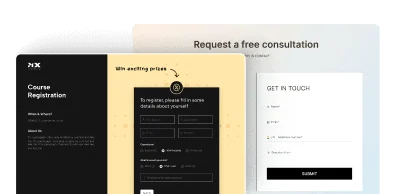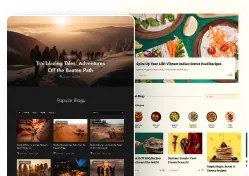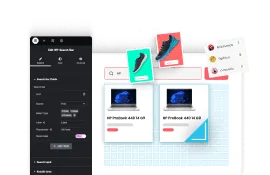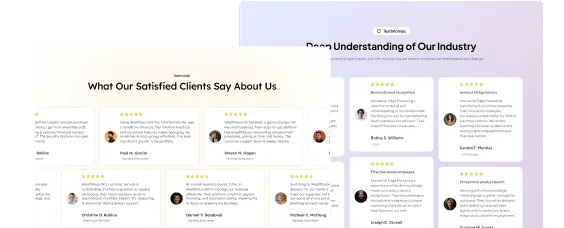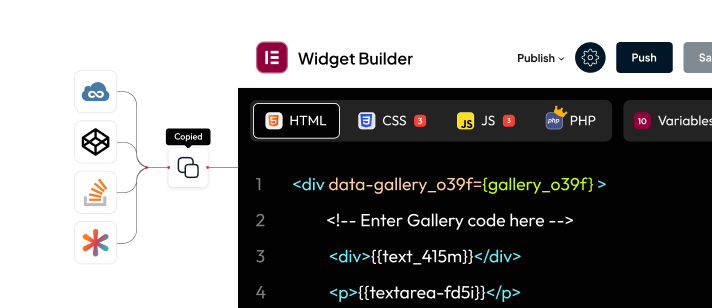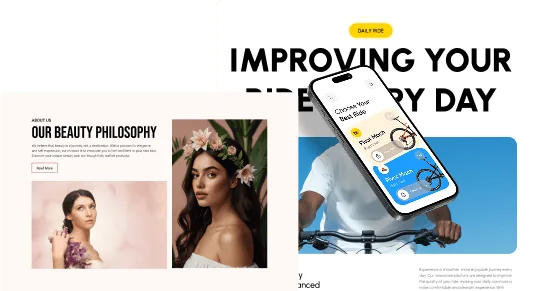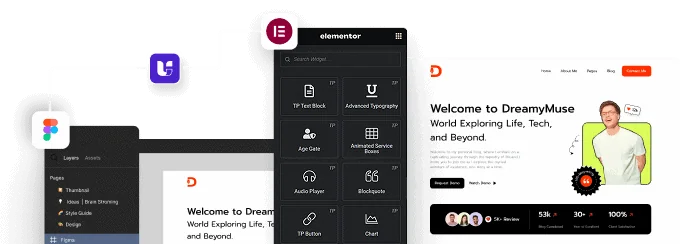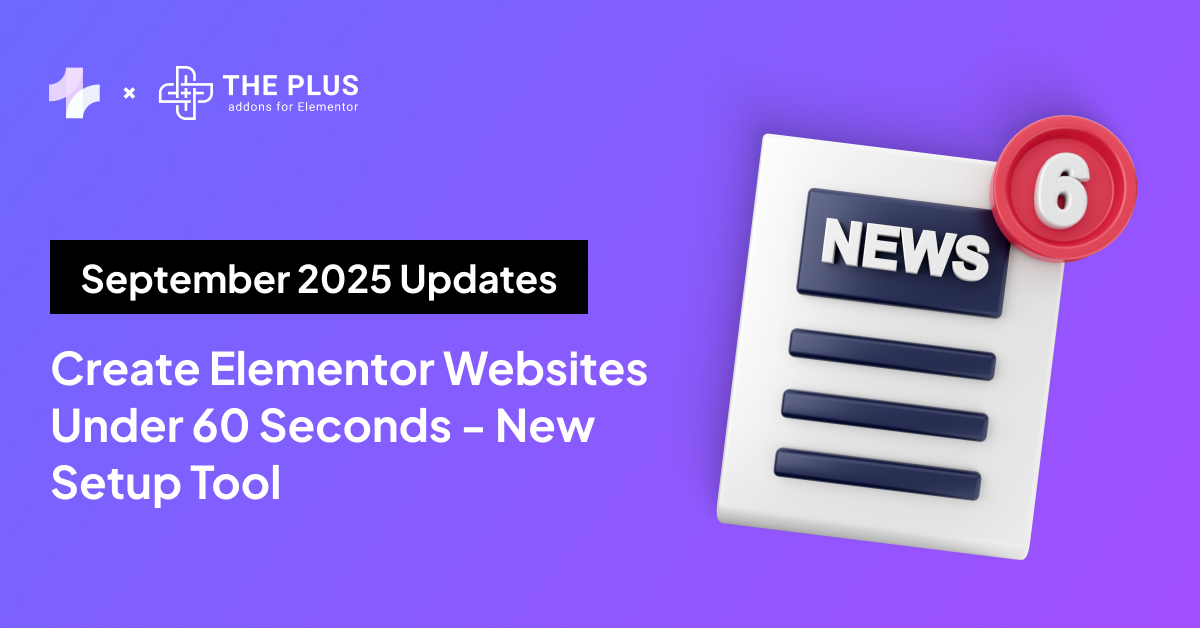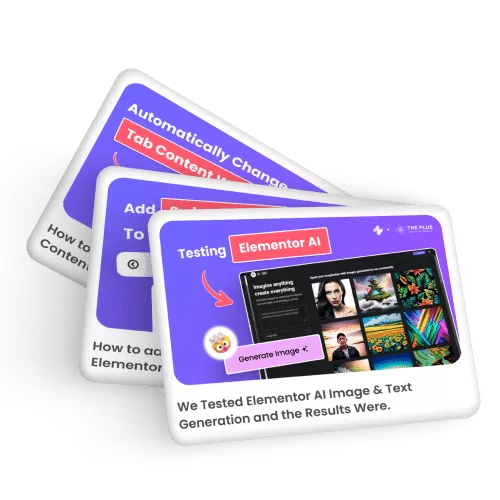Are you looking to create a custom post loop skin for your Elementor Blog post listing items? By using a custom design for your blog post, you can maintain your brand style and stand out from the rest.
With the Blog Listing widget from The Plus Addons for Elementor, you can easily add a custom design to the blog post listing items using custom HTML and CSS.
To check the complete feature overview documentation of The Plus Addons for Elementor Blog Listing widget, click here.
Requirement – This widget is a part of The Plus Addons for Elementor, make sure it’s installed & activated to enjoy all its powers.
To do this, add the Blog Listing widget to the page.
Then select Smart Loop Builder from the Style section under the Layout tab.
After that, select the appropriate layout from the Layout section.
Then go to the Smart Loop Builder tab, here you have to add custom HTML and CSS to create your design, or you can use a ready preset style and customize it.
Note: To use this feature effectively you should know HTML and CSS.
Use Ready Preset
To use ready presets, click on the Ready Presets button.
It will open a pop-up, where you’ll find some free and pro preset templates.
Click on the download icon of the template you want to use, and the HTML and CSS code of that template will be added to the HTML and CSS sections.
Then you can easily modify the HTML and CSS code as per your requirements.
Custom Template
But if you want to create the template from scratch, you can do that as well by writing your custom HTML and CSS code.
In the HTML section, you have to write the HTML of your template.
In your HTML template, you have to use the following tags to show the respective data.
- For the Post Title – {{tpae_title}}
- For the Post Excerpt – {{tpae_excerpt}}
- For the Featured Image – {{tpae_image}}
- For the Featured Image URL – {{tpae_image_url}}
- For the Post Description – {{tpae_description}}
- For the Post URL – {{tpae_permalink}}
- For the Post Author – {{tpae_author_meta}}
- For the Post Author Avatar – {{tpae_author_logo}}
- For the Post Date (publish date) – {{tpae_date_created}}
- For the Post Time (publish time) – {{tpae_time_created}}
- For the Post Category – {{tpae_category}}
- For the Post Tag – {{tpae_tag}}
- For the Post Author URL – {{tpae_author_url}}
- For the Post Date (publish date – month / year / day) – {{tpae_date_created_m_y_d}}
- For the Post Date (publish date – month (full month name) / year / day) – {{tpae_date_created_f_d_y}}
- For the Post Date (publish date – day / month / year) – {{tpae_date_created_d_m_y}}
- For the Post Date (publish date – month / day / year) – {{tpae_date_created_m_d_y}}
- For the Post Date (publish date – day / month / year / hour) – {{tpae_date_created_d_m_y_h}}
- For the Post Date (publish date – Hour:Minute AM/PM) – {{tpae_date_created_h_m_a}}
- For the Post Date (publish date – Date with GMT offset) – {{tpae_date_created_d_m_y_g}}
- For the Post Date (publish date – ISO 8601 Date Format) – {{tpae_date_created_iso}}
- For the Post Date (publish date – RFC 2822 Date Format) – {{tpae_date_created_rfc}}
- For the Post Date (publish date – day month) – {{tpae_date_created_day_month}}
- For the Post Date (publish date – month year) – {{tpae_date_created_month_year}}
- For the Post Date (publish date – Just the day) – {{tpae_date_created_day}}
- For the Post Date (publish date – Time ago) – {{tpae_date_created_time_ago}}
- For the Post Date (publish date – month (short month name) / year / day) – {{tpae_date_created_M_D_Y}}
Note: You can add custom class and static content in your HTML but for dynamic data, you have to use these tags.
Then, in the CSS section, you have to write custom CSS to style your template.
Example
Here, we will add a custom (static) HTML and CSS code, then add the dynamic tags to make it dynamic.
In this code, we have a post title, featured image, author name, post date, and read more button.
To make the post title dynamic, we will use {{tpae_title}} tag.
For the featured image, we will just use the {{tpae_image}} tag without any <img> tag.
Then, for the author name, we’ll use the {{tpae_auther_meta}} tag.
For post date, {{tpae_date_created}}.
Finally, to add the permalink to the read more button, we’ll use the {{tpae_permalink}} tag in the <a> tag.
Following this process, you can also convert your static HTML and CSS code into a template for the blog post listing. You can also use code from Codepen, JSFiddle, etc.


